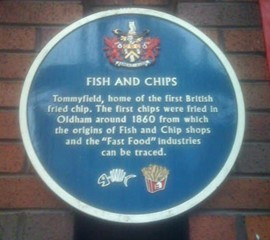A Quick ‘British’ Meal? Exploring The Growth of International Takeaways in Britain from 1950 to the Present Day
Published: 27 July 2021 - Jessica Lambert
Today, ordering meals to our doors is just as, if not more, common than cooking an end-of-day meal. With such a variety of choices from across the globe, it is easy to choose a convenient, exotic meal to be brought to our doors at a mere fraction of the cost it would take to visit the country where our meal originated. However, whilst we may have become increasingly reliant on the delivery of dinners throughout the covid-19 pandemic, the consumption of takeaway meals in Britain has been developing for over a century.
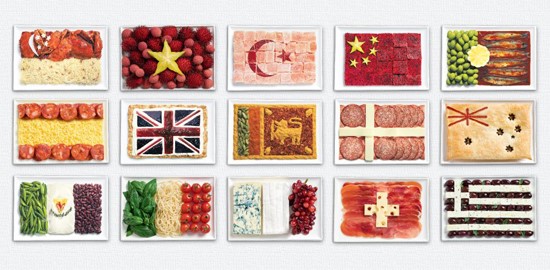
Figure 1: A World of Food, image from http://englishstuffesl.blogspot.com/2013/06/nationalities-food.html
When ordering a takeaway in the present day, popular choices include Indian, Chinese, Middle Eastern and Italian cuisines amongst the ever-expanding international dishes available to Britons as the twenty-first century progresses. Curries, kebabs, pizzas and chow meins may not have their origins in the British Isles, but they have flourished within the British diet, rivalling traditional fish and chips as the go-to takeaway treat. Dishes from across the world have become takeaway staples, part of everyday British culture, with kebabs from the Middle East catering to the British youth after a night out and Chinese or Indian takeaways proving a quick and easy dinner for large family gatherings. The ever-increasing popularity of these foods may be due to convenience, although the ability to enjoy cuisines from across the globe in the comfort of the consumers’ own home is undoubtably also part of their appeal. This is especially important for those who may never get to experience a foreign country first-hand. It is important, then, to discuss how this global takeaway culture emerged in Britain, a phenomenon that largely took place over the twentieth century.
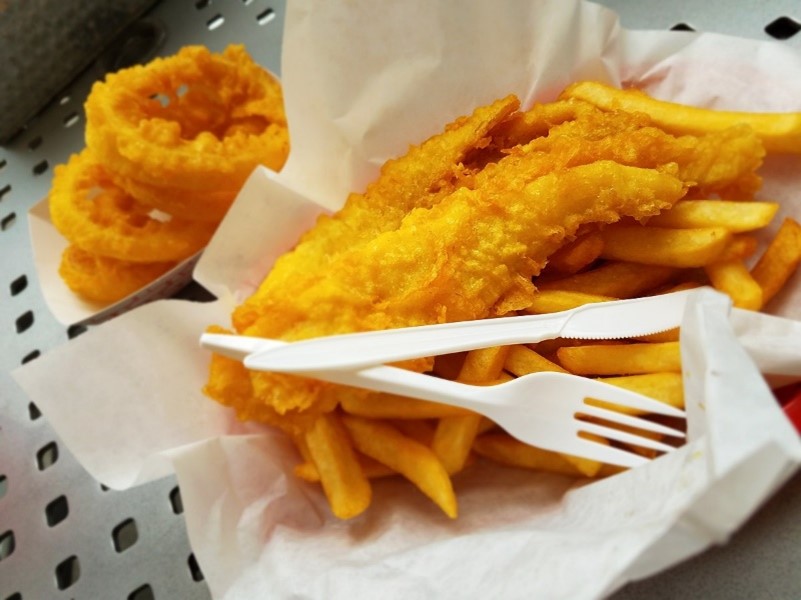
Figure 2: Takeaway fish and chips, a classic British meal - Wikicommons, 6 September 2018
When thinking about a ‘traditional’ British takeaway meal, we often look to fish and chips, a pairing that occurred in the nineteenth century and became associated with the contemporary working classes. The origins of the first fish and chip takeaway in Britain have come under much debate. Joseph Malin has been regularly cited as the first to open a fish and chip eatery in London in 1860. However, a blue commemorative plaque in Oldham, Greater Manchester, cites Tommyfield as the home of the first British fried chip, also in 1860. Further, a Mr Lees, who began serving the takeaway dish in 1863 in Mossely, Lancashire, inscribed ‘this is the first fish and chip shop in the world’ on his front window.
Despite uncertainties over its origin, fish and chips grew in popularity in the twentieth century, with 35,000 outlets across the nation in 1935, only facing serious competition in the 1960s according to Panikos Panayi, author of Fish and Chips: A History. This supposed decline in popularity coincides with food historian Derek Oddy’s claim that Chinese and Indian restaurants dramatically surged from the late 1950s, shortly followed by eateries from the Middle East.[1] The reasons behind such a surge in international cuisine in Britain are numerous. Ibrahim Sikeci has argued that kebabs grew in popularity as a result of increased tourism to Turkey in the late twentieth century alongside the increasing number of Turkish immigrants coming to the United Kingdom.[2] Similarly, as Chinese and Indian migrants increased in Britain, a further surge in international takeaways in the mid-twentieth century, is apparent, with circa four thousand Chinese takeaway and restaurant businesses operating in Britain by 1970.
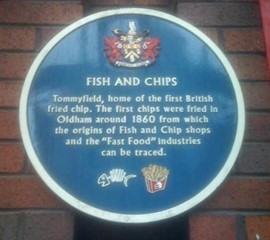
Figure 3: The site of the UK's first chip shop, on Oldham's Tommyfield Market – Wikicommons, D. McClure, June 2007
Whilst international takeaway and eat-in establishments flourished significantly in the latter half of the twentieth century, they first began to appear in the United Kingdom in the 1800s. In 1810, the Hindostanee Coffeehouse offered Indian cuisine to Londoners, even delivering meals similar to present-day practices.[3] Conversely, Chinese restaurants developed in the latter decades of the nineteenth century, with the formation of the Chinatown district in the 1880s bringing Chinese immigrants to Britain. As for Italian cuisine, the first recorded Italian eatery in the United Kingdom is in Leicester Square, London, in 1803; however, there are no definitive records of Italian takeaways, including signature pizzas, being served in these establishments until 1934, though pizza takeaway became an equally popular dish with Indian curries and Chinese chow meins.[4]
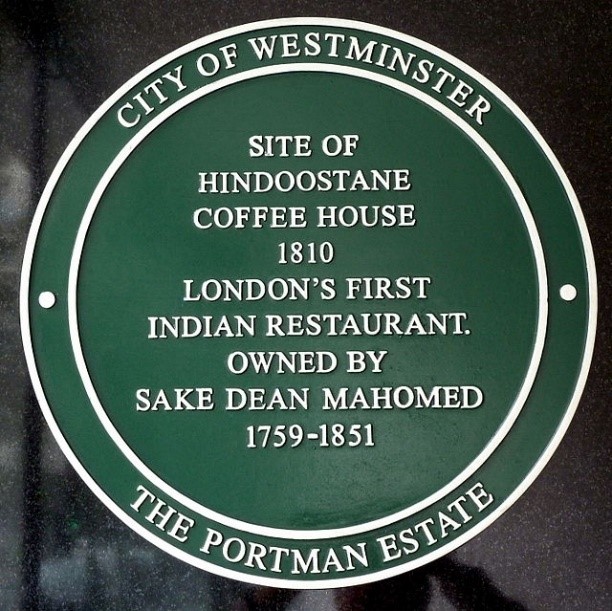
Figure 4: Plaque commemorating the Hindoostane Coffee House; Erected by the City of Westminster on George Road, Marylebone – Wikicommons, Simon Harriyott, July 18, 2012.
Whilst the British takeaway industry is unquestionably global, the extent of international influence on takeaway cuisine is somewhat debatable. Historian Colin Spencer has identified ‘a degree of Anglicisation’ in both Indian and Chinese takeaways across Britain as early as the 1960s.[5] Variations have emerged in both cuisines, partly caused by the regional differences in Chinese food dependent upon the use of Canton or Shanghai cookery methods, alongside the availability of ingredients available. Further, takeaway pizza that is popular in the United Kingdom today is of American-Italian origin, with the Italian roots of the dish arguably somewhat lost. New York and Chicago variations of pizza are of course an American invention, with authentic Italian pizzas differing with their thinner base and choice of cheeses. Curries sold in Britain, too, are far evolved from the original dishes served in India, and numerous takeaway outlets have begun to compete with the fast food chains which emerged in Britain in the 1970s by selling chips alongside traditional rice and noodles. Nevertheless, whilst the true authenticity of these dishes may be questioned, the global impact on takeaway meal choice in Britain is undoubtable. Middle Eastern kebabs from Turkey, Indian curries and Chinese dishes have offered a more exotic alternative to the national staple of fish and chips, a development across the twentieth century which, paired with the growth of American fast food chains, has allowed for Britons to experience a wide range of global cuisines.

Figure 5: Foreign Food at our Fingertips, image from https://technofaq.org/posts/2019/10/how-are-food-delivery-apps-revolutionizing-the-restaurant-industry/
Foreign foods have been popular in Britain for centuries, with an appeal for Indian cuisine emerging as early as the eighteenth century with the East India Company. As migration surged and communities such as Chinatown and Little Italy developed, restaurants serving arguably authentic dishes allowed for Britons to experience a variety of foods from across the globe, which in some cases was a desirable experience when families returned from holidays abroad where they had discovered a new appealing cuisine. As the twentieth century progressed and the new century began, an even greater variety of cuisines flourished, including Thai, Greek, Persian and Mexican foods, demonstrating a global food culture that exists in Britain today. Presently, the use of mobile food apps allows for meals inspired by cooking practices across the globe to be at your door within an hour without even needing to pick up the phone or leave the house; yet, the wide variety of takeaway foods we consume has developed across the last century, built upon dishes served by vendors from numerous nations, amalgamating into a collectively global British takeaway culture which we enjoy today.
Jessica Lambert is a postgraduate student in the History of Medicine at the University of Warwick. She completed her BA in 2019 and is due to complete her MA in September 2021.
[1] Derek Oddy, From Plain Fare to Fusion Food: British Diet from the 1890s to the 1990s (Woodbridge: Boydell Press, 2003), p. 197.
[2] Ibrahim Sirkeci, ‘Transnational Doner Kebab Taking over the UK’, Transnational Marketing Journal, 4 (July 2016), 143-158 (p. 143).
[5] Colin Spencer, British Food: An Extraordinary Thousand Years of History (London: Grub Street, 2002), p. 327.


